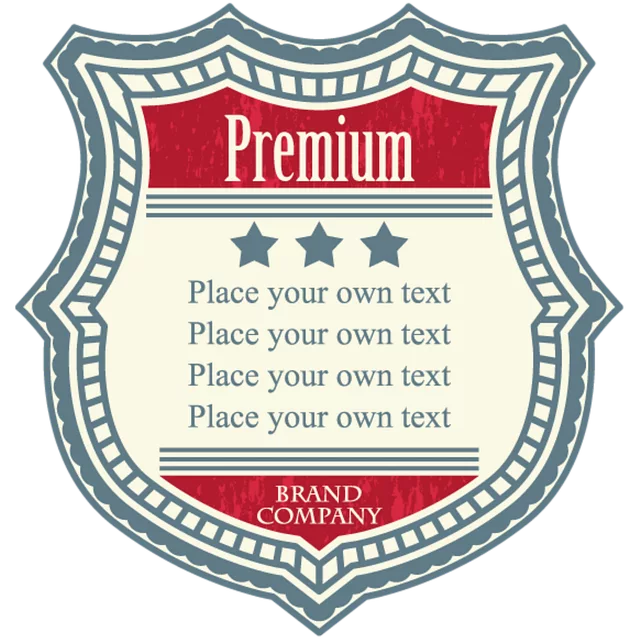Understanding and evaluating your auto insurance risk profile is crucial for lowering premiums. Factors like age, gender, driving record, vehicle type, safety features, location, and claims history impact rates. By maintaining a clean driving record, choosing safer and more fuel-efficient vehicles, understanding policy types, taking advantage of discounts, comparing quotes from multiple insurers, and improving your credit score, you can significantly reduce your auto insurance premium costs while ensuring adequate protection.
Looking to lower your auto insurance premium? This comprehensive guide reveals effective strategies to help you save. We break down the factors influencing your auto insurance rates, from understanding your premium calculations to evaluating your risk profile as a safe driver. Learn how vehicle make and model impact costs, explore different policy types, and discover discounts available. Plus, get tips on maintaining a good credit score for better rates. By following these strategies, you can significantly reduce your How to Lower Your Auto Insurance Premium.
Understanding Your Auto Insurance Premium: Factors and Calculations

Understanding your auto insurance premium is a crucial step in learning how to lower your auto insurance premium. Insurance companies use a complex formula to determine rates, factoring in various aspects of your driving history and vehicle characteristics. Key considerations include your age, gender, driving record (including any accidents or tickets), the make and model of your car, safety features installed, where you live, and your claims history. The calculations are designed to assess risk, with higher-risk drivers facing higher premiums.
By reviewing these factors, you gain insights into potential areas for reduction. For instance, maintaining a clean driving record by avoiding accidents and tickets can significantly lower rates. Upgrading to a safer vehicle with advanced airbags and anti-lock brakes may also result in savings. Additionally, living in a lower-risk area or bundling your auto insurance with other policies can lead to discounts. Understanding these calculations empowers you to make informed decisions on how to lower your auto insurance premium.
Evaluating Your Risk Profile: Tips for Safe Drivers

Evaluating your risk profile is a crucial step in understanding how to lower your auto insurance premium. As a safe driver, you can significantly impact your rates by demonstrating responsible behavior behind the wheel. Start by reviewing your driving record for any violations or at-fault accidents. A clean driving history shows insurers that you’re a low-risk driver, which can lead to lower premiums.
Additionally, consider the type of vehicle you drive and its safety features. Insurers often offer discounts for cars with advanced safety systems, like anti-lock brakes, air bags, and electronic stability control. Regularly maintaining your vehicle and keeping it in good working condition is also beneficial. This reduces the risk of breakdowns or mechanical issues that could result in accidents, making you a more attractive candidate for lower insurance rates.
The Impact of Vehicle Make and Model on Insurance Costs

Your vehicle’s make and model play a significant role in determining your car insurance rates. High-performance or luxury cars often come with higher premiums due to their potential for higher repair costs and theft value. On the other hand, safer, more fuel-efficient models may qualify for discounts offered by insurance companies that promote environmental or safety initiatives.
When considering how to lower your auto insurance premium, research different makes and models to find one that aligns with both your driving needs and budget. Opting for a less expensive vehicle to insure can significantly reduce your monthly costs. Additionally, maintaining a clean driving record and avoiding claims will also contribute to lowering your overall premiums over time.
Exploring Different Types of Auto Insurance Policies

When it comes to lowering your auto insurance rates, understanding different types of policies is key. There are primarily two main categories: liability and full coverage. How to Lower Your Auto Insurance Premium starts with knowing which one suits your needs best. Liability insurance covers damage you cause to others’ vehicles or property in an accident, while full coverage includes both liability and comprehensive/collision protection for your vehicle.
Choosing the right policy is a strategic move. If you have an older car worth less than its deduction amount, consider opting for liability-only insurance to save on premiums. Conversely, if your vehicle is valuable and you can afford higher deductibles, full coverage might be more economical in the long run. Understanding these options allows drivers to make informed decisions tailored to their financial and safety considerations.
Utilizing Discounts to Lower Your Premium

One effective strategy to lower your car insurance rates is by taking advantage of various discounts offered by insurance providers. Discounts can significantly reduce your auto insurance premium, so it’s well worth exploring these options. Many companies provide a range of savings opportunities tailored to different customer profiles and driving habits. For example, good students, safe drivers, or members of specific organizations may be eligible for substantial discounts.
When comparing quotes, make sure to inquire about all applicable discounts. Bundling your car insurance with other policies from the same provider can often lead to additional savings. Additionally, maintaining a clean driving record and avoiding traffic violations can lower your rates over time.
Comparing Quotes from Multiple Insurers

Comparing quotes from multiple insurers is a strategic step in learning how to lower your auto insurance premium. It allows you to gauge the market rates and understand what you can expect from different providers. With various online platforms facilitating this process, gathering and contrasting offers from several companies has never been easier. This approach empowers you to make an informed decision by selecting the policy that best suits your needs while offering competitive pricing.
When comparing quotes, pay attention not only to the cost but also to the coverage details and deductibles. It’s crucial to ensure that the policies provide adequate protection for your vehicle and liability limits aligned with your financial capacity. This meticulous approach helps in making sure you’re getting value for money while effectively lowering your auto insurance premium.
Maintaining a Good Credit Score for Better Rates

Maintaining a good credit score is an often-overlooked strategy for how to lower your auto insurance premium. Insurance companies consider your credit history when calculating risk, and a strong credit score indicates responsible borrowing and financial management. This can lead to significant savings on your policy since insurers perceive you as a lower risk. Regularly checking your credit report for errors or discrepancies is essential; correcting these issues can positively impact your score.
Focusing on timely bill payments, keeping credit card balances low, and maintaining a mix of credit types (e.g., loans and credit cards) can all contribute to improving your credit score. Additionally, if you have multiple policies with the same insurer—such as auto and home insurance—bundle them together, often referred to as ” bundling discounts.” This practice can offer substantial savings on your overall policy costs, further helping you reduce your how to lower your auto insurance premium.



